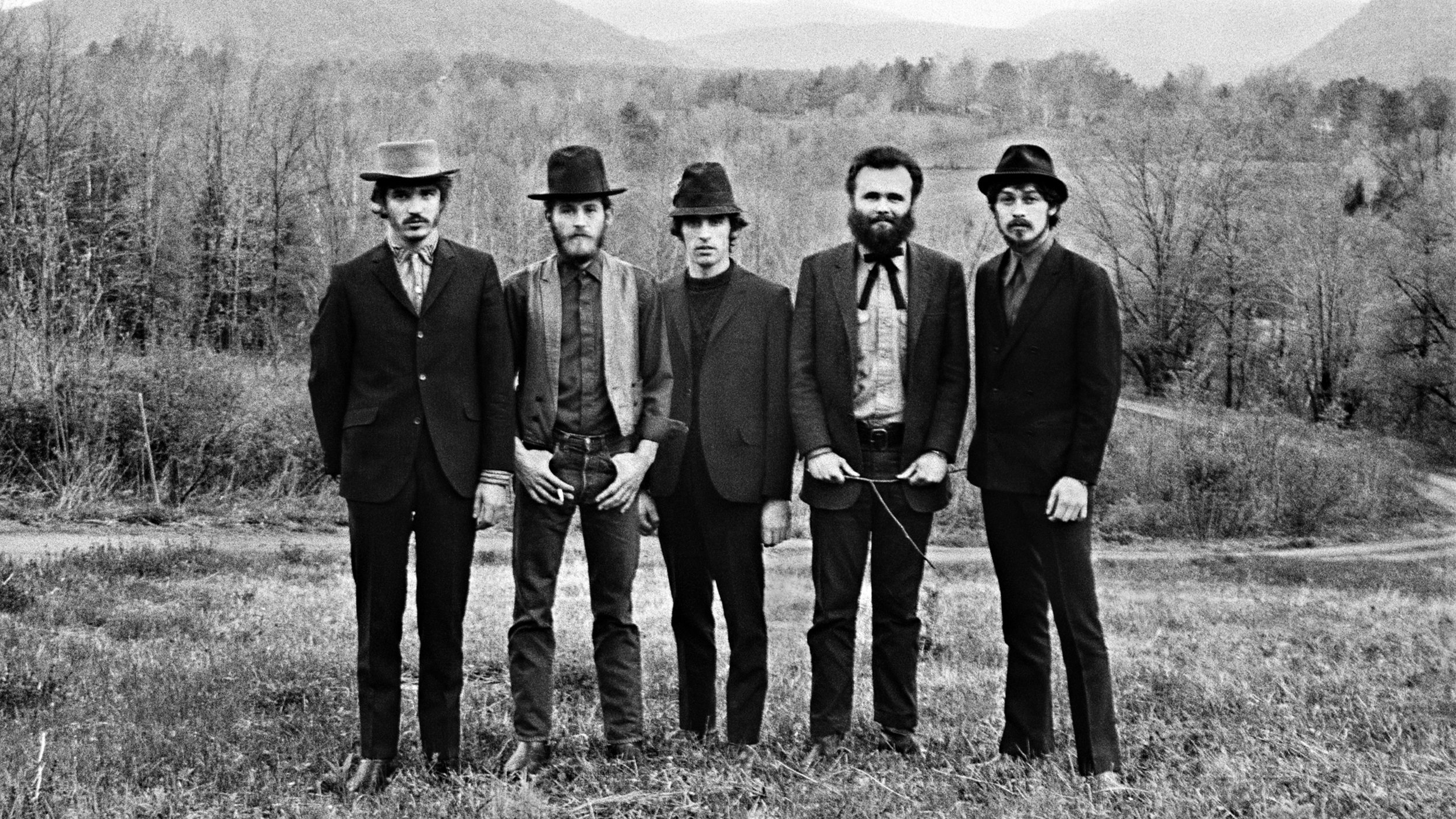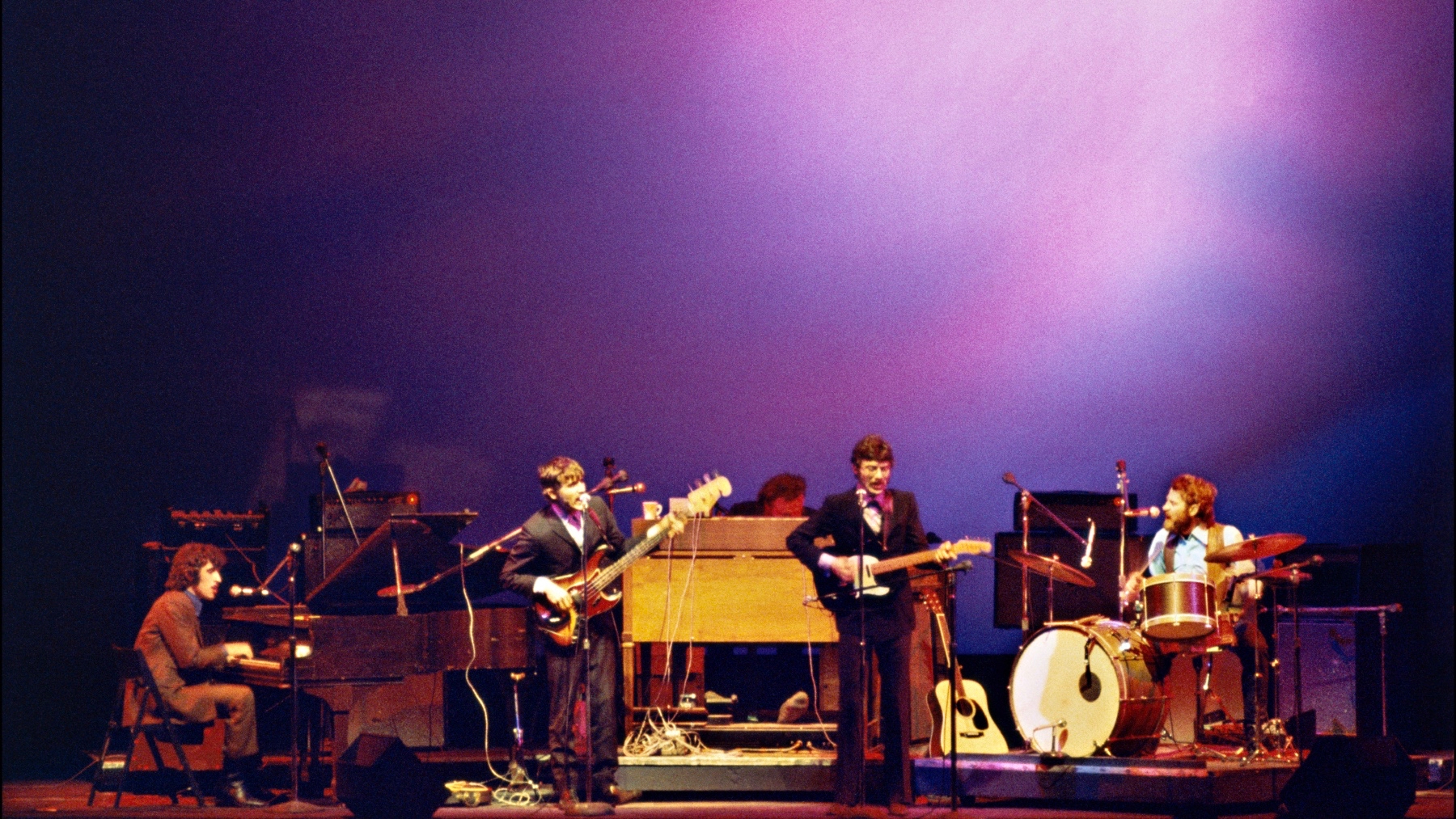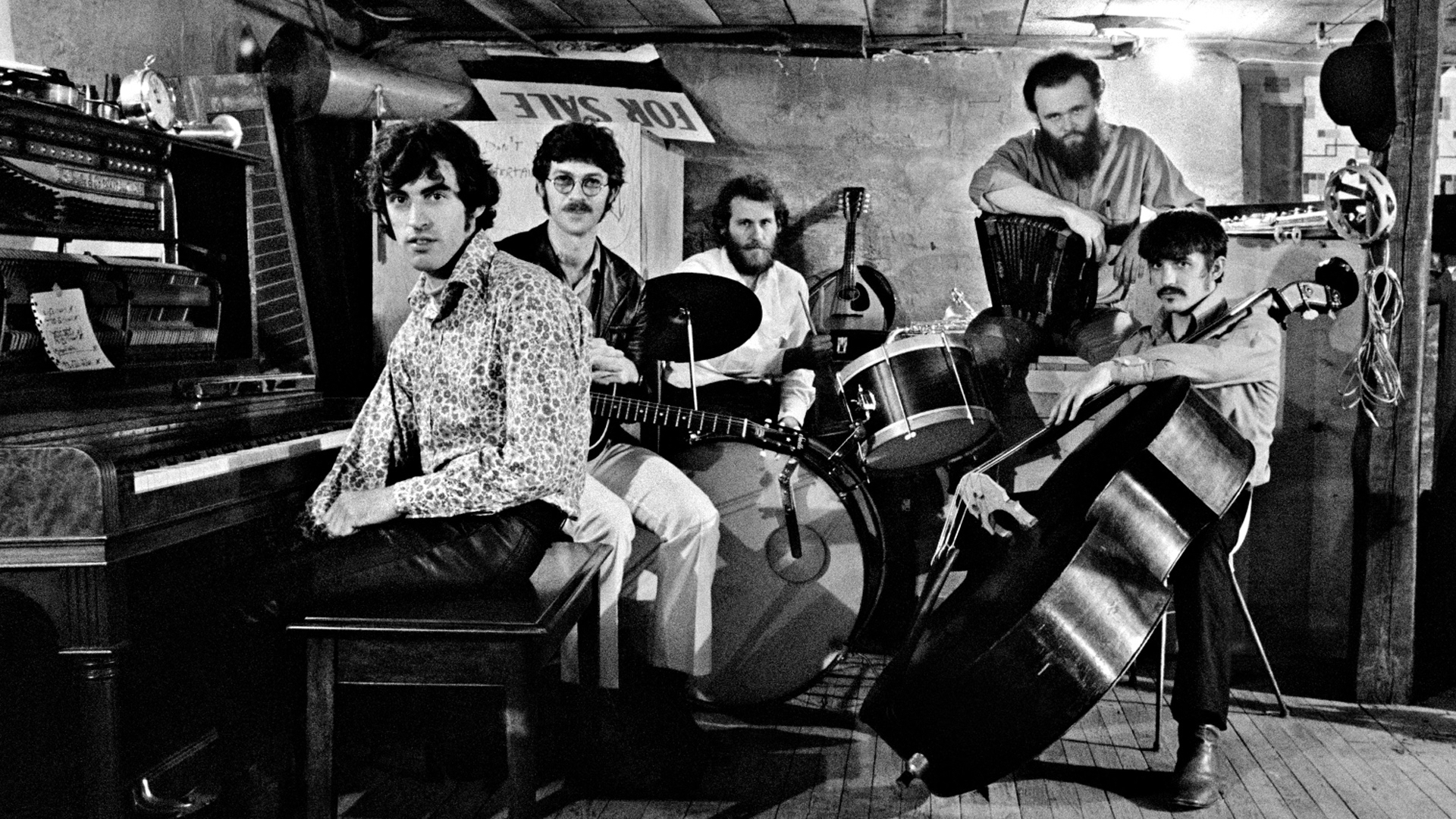THE BAND
The Band, more than any other group, put rock and roll back in touch with its roots. With their ageless songs and solid grasp of musical idioms, The Band reached across the decades, making connections for a generation that was, as an era of violent cultural schisms wound down, in desperate search of them. They projected a sense of community in the turbulent late Sixties and early Seventies - a time when the fabric of community in the United States was fraying.
The Band’s earthy synthesis of country and early rock drew on folklore and fable, attaining near mythical status itself. Revered for their musical prowess and unique blend of sounds, The Band has performed everywhere with everyone. They backed Bob Dylan, and then later co-headlined tours with him, then appeared at Woodstock and the Isle of Wight festivals, played Watkins Glen with the Grateful Dead and gave a farewell concert with Neil Young, Muddy Waters and Joni Mitchell, that was immortalized on film by Martin Scorsese.
Guitarist Robbie Robertson drew from history in his evocative, cinematic story-songs, and the vocal triumvirate of bassist Rick Danko, drummer Levon Helm and keyboardist Richard Manuel joined rustic harmony and traded lines in rich, conversational exchanges. Multi instrumentalist Garth Hudson provided musical coloration in period styles that evoked from rural carnivals of the early 20th Century to rock and roll revues of the Fifties.
In an era of divisive politics, The Band produced music that crossed generational and historical borders. They did so with an ensemble brilliance borne of many years spent playing on the road. They began as The Hawks, backing rockabilly singer Ronnie Hawkins, a boisterous journeyman who found steady work in Canada. Four of the five Hawks were Canadian. Drummer Levon Helm hailed from Arkansas.
Ronnie Hawkins and The Hawks toured the States and Provinces until late 1963, at which point the backing musicians split from Hawkins to continue on their own as Levon and The Hawks.
Having flown to Toronto to see them, Bob Dylan recruited them as his backup group for a 1965-66 world tour. As The Hawks (minus Helm, who stayed behind), they helped effect Dylan’s transformation from an acoustic folkie to an electric rock and roller. Those shows were revolutionary and controversial, as Dylan and The Hawks plugged in and played with electrifying abandon, arousing great consternation among some folk traditionalists. One of the most legendary of all rock concerts, during which Dylan (backed by Robertson, Manuel, Danko, Hudson and drummer Mickey Jones) faced down a contentious audience in Manchester, England, on May 19, 1966, finally saw official release in 1998 as Bob Dylan Live 1966.
Dylan’s collaboration with the Band continued throughout 1966 in upstate New York, where he recuperated from a motorcycle accident. Working in casual sessions with the group (including Helm) at a rented house in Woodstock, Dylan put together a heavily bootlegged body of material that would eventually see release as The Basement Tapes (1975). All the while, The Hawks (now calling themselves The Band) recorded a large number of original songs. The material they wrote and arranged at the pink house, using what drummer Levon Helm described as a “workshop approach,” surfaced on Music from Big Pink (1968) and on side four of Dylan’s Basement Tapes.
Though it didn’t chart high or sell in great numbers, Music from Big Pink was undeniably one of the most influential albums of the Sixties, heralding the arrival of a more roots-oriented movement in rock music.
Music from Big Pink was followed by 1969’s The Band, an even more incisive mix of the history, folklore and myth that defined our collective understanding of America. As played by The Band, rock and roll unmistakably felt like part of a continuum that stretched back to the days of the juke joints, fish fries and medicine shows. Widely regarded as their signature work, The Band soared on the strength of Robertson’s songwriting (Up On Cripple Creek, The Night They Drove Old Dixie Down), the band members’ empathetic, loose-limbed musicianship and the conversational blend of voices from Helm, Danko and Manuel. They were at their peak here creating a kind of North American mythology out of words and music.
In the mid Seventies, The Band cut an album of oldies (1973’s Moondog Matinee); reunited with Dylan for the Planet Waves (1974) album and tour which resulted in the live album Before the Flood (1974), recorded the best of their later albums (1975’s Northern Lights, Southern Cross), and then took their leave in 1976 with a memorable concert finale, The Last Waltz, held at a favorite venue, San Francisco’s Winterland Ballroom. The musical program, on which such luminaries as Muddy Waters, Bob Dylan, Van Morrison, Neil Young, Eric Clapton and Joni Mitchell joined The Band onstage, was recorded and released as a film and triple-album set.
For roughly half a decade, from 1968 through 1975, The Band was one of the most popular and influential rock groups in the world, their music embraced by critics as seriously as the music of the Beatles and the Rolling Stones.



